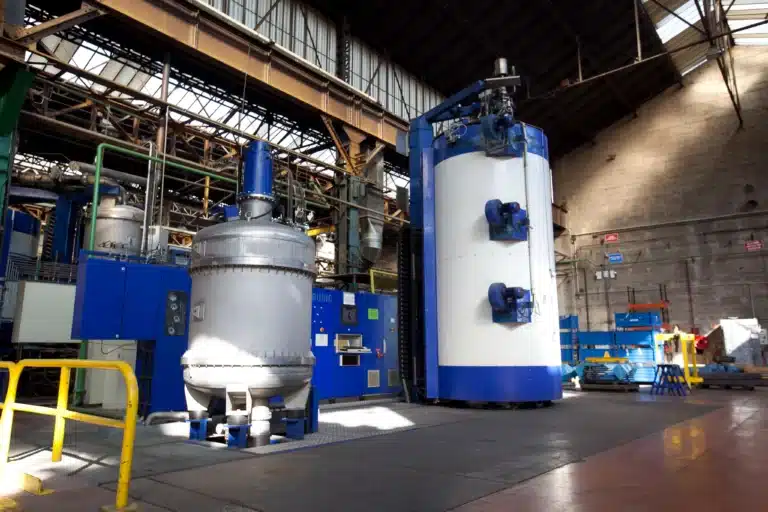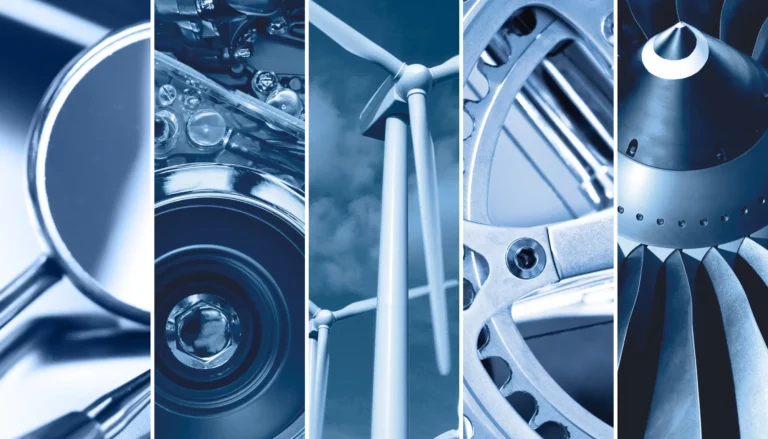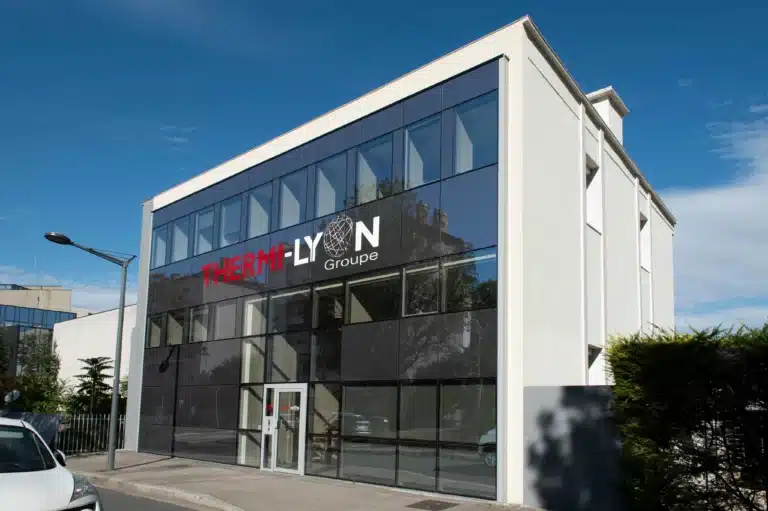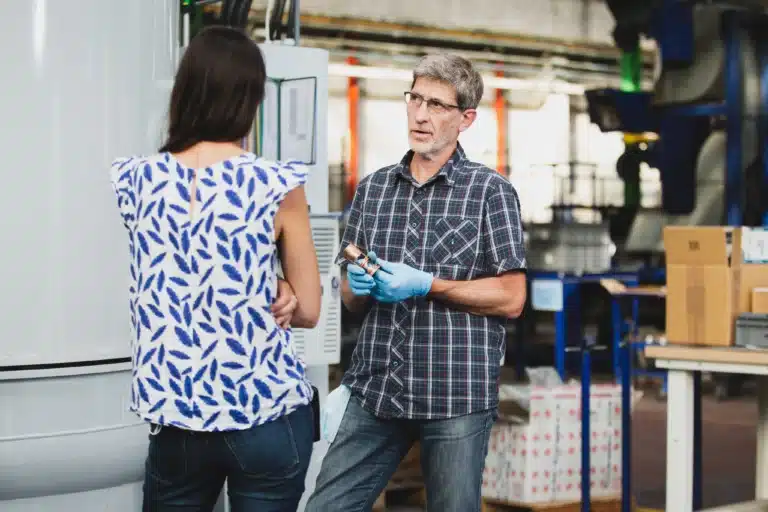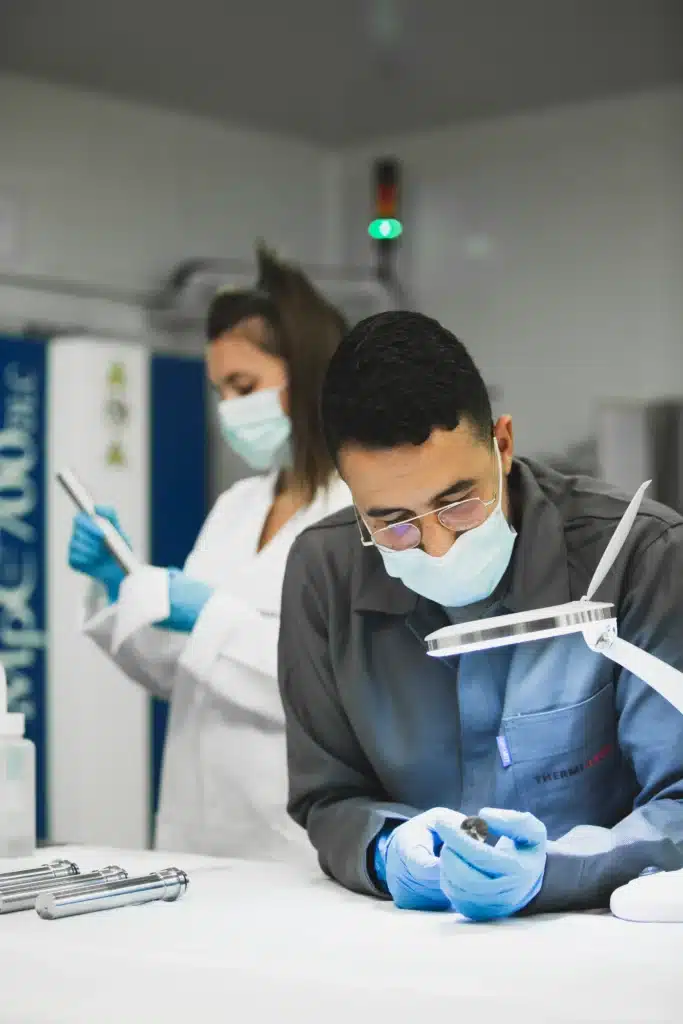Water quenching is a crucial heat treatment process, offering a significant transformation in the mechanical properties of metals. The THERMILYON Group specializes in a wide range of heat treatments, with a particular focus on water quenching, a lesser-known but fundamental treatment for certain applications.
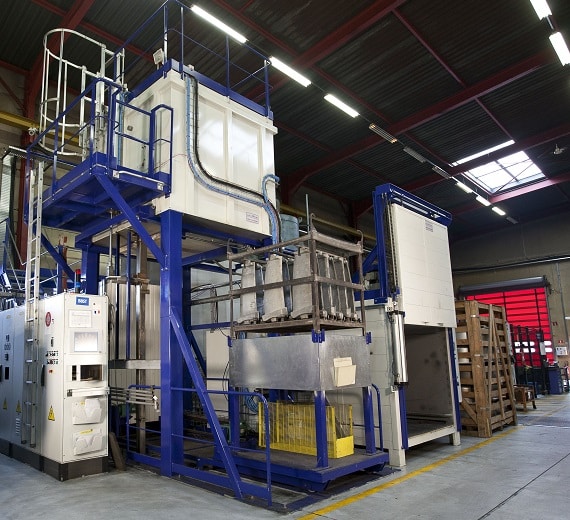
Water quenching by the THERMILYON Group
The THERMILYON Group offers a wide range of heat treatment methods adapted to various industrial needs. Among these methods, water quenching remains a specialized technique, although one that is less and less used. This process is crucial for certain metal alloys, where critical quenching speed and structural transformation are essential.
This treatment is little known and less and less used. However, certain aluminum, copper and titanium alloys, as well as low-alloy steels, require ultra-fast cooling for optimal treatment. Implementing this treatment is no simple matter: deformations and calefaction sheathing are all elements that need to be understood and mastered. We are currently equipped with water-quenching furnaces for aluminum alloys.
Heat Treatment Process Optimization for Aluminum Alloys and Other Metals
The specificities of this treatment require a high degree of thermal homogeneity in the installations: +/-5°C for the solution furnace and +/-3°C for tempering. Transfer to water during quenching must be achieved in less than 15 seconds in water at less than 30°C. To limit deformation caused by this thermal shock, it is essential to know how to make holding tools.
Tempered aluminum alloys have a good strength-to-weight ratio, and are mainly used in the automotive, aeronautics, fastener and sports and leisure industries. The treatment consists in heating the parts to between 450 and 570°C, depending on the alloy, in order to bring them into solution. Rapid cooling in water freezes the structure.
Then the hardening stage takes place, either by allowing the parts to remain at room temperature for a certain time, or by maturing them, which is used for some alloys. Depending on the alloy, the hardening mechanism can also be achieved by carrying out one or two tempering operations. Hardening is triggered by the creation of fine, very hard precipitates.
For other copper- and titanium-based alloys, the solution temperature is around 900 to 1000°C. In the case of titanium alloys, it is also necessary to protect the parts from oxidation and prevent the formation of alpa case, an embrittling phase. The THERMILYON group can support you with specific investments to suit your projects.
Towards advanced control of tempering processes
In conclusion, water quenching processes and other quenching media such as polymers are essential for modifying the mechanical properties and structure of metallic materials. At the THERMILYON Group, we use a controlled approach to minimize the risk of deformation and maximize the hardness of treated parts. Whether in a compressed-air or vacuum environment, each type of treatment is carefully tailored to the specifics of the material and the final application envisaged.
Our expertise is not limited to the selection of the quenching medium; it also encompasses the choice of temperature range and cooling rate, crucial aspects in achieving high performance without compromising safety or product quality. We incorporate advanced techniques such as bainitic quenching and the use of special quenching fluids to meet the stringent requirements of markets such as automotive and aerospace.
By working with the THERMILYON Group, our customers benefit from specialized support at every stage of heat treatment, guaranteeing consistent, high-quality results tailored to their specific needs. It's our commitment to innovation and customer satisfaction that makes us a leader in the field of heat treatment.
dolor sit amet, consectetur adipiscing elit. Viverra eu, platea volutpat duis ac. Pharetra nam nunc, vel nisi nam enim nam ac.
